Pocket-sized powerhouse: the new Mazda MX-5
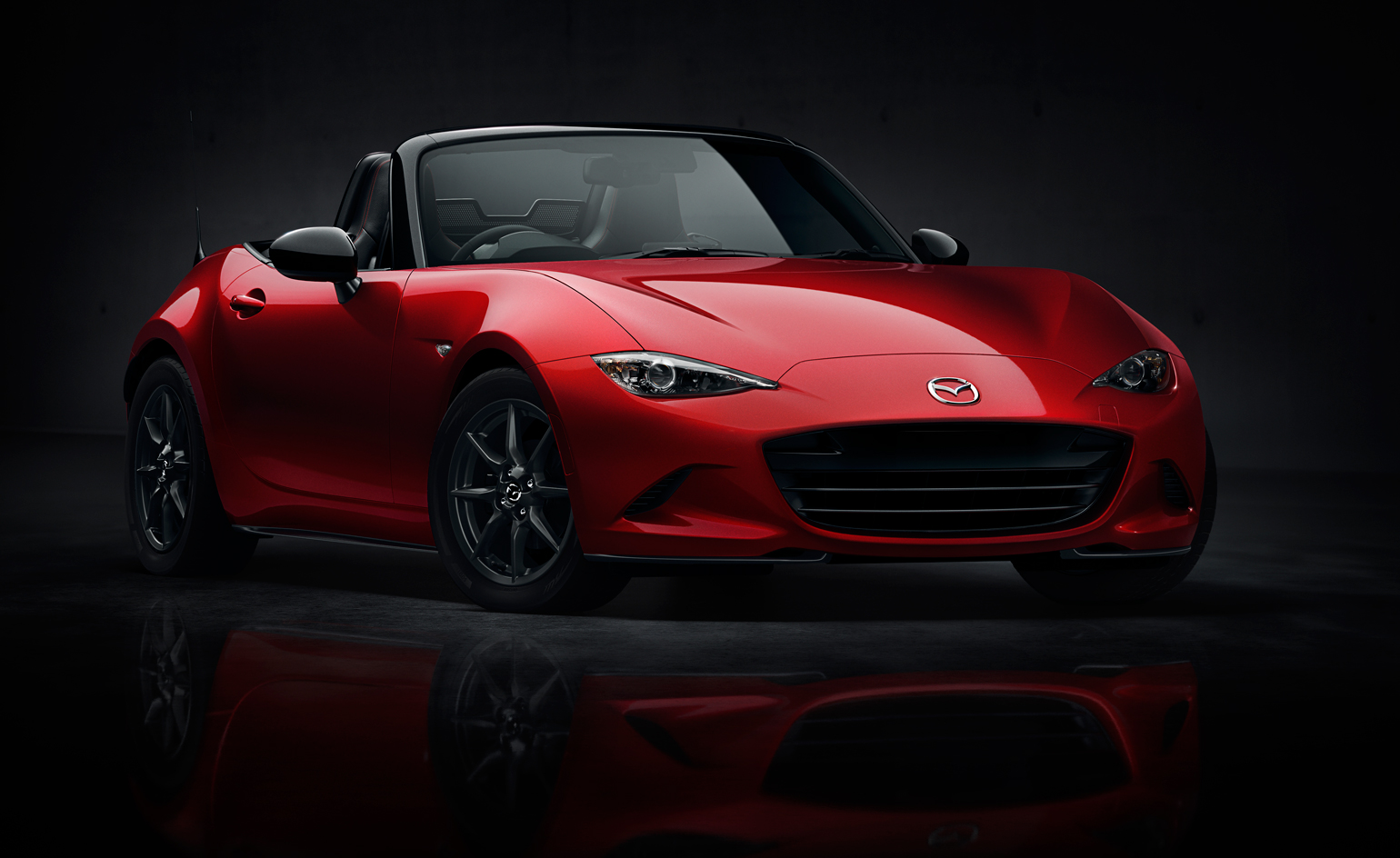
When the very first Mazda MX-5 was released, way back in 1989, it was embraced by enthusiasts as a lovingly accurate recreation of a long-lost archetype – the traditional British sports car. Mazda's engineers, the story went, were so passionate about the compact two-seaters of the 1960s that they bought up a batch of the best, shipped them over to their Japanese headquarters and proceeded to dissemble and retro-engineer them into a truly modern iteration.
Twenty-five years is a very long time in the car industry but it's probably safe to say that the imitator has now evolved into the standard. Today, when we think of all the clichés of lightweight, wind-in-the-hair motoring, the chances are you're imagining a car like the MX-5, not an original MG MGB or Lotus Elan or Triumph Spitfire. In fact, time has been generally unkind to the progenitors of the MX-5's mix of deft handling and pocket-size practicality, so much so that the originals have faded into near oblivion, rusting away to mere memories.
The MX-5’s dominance is unsurprising when you consider that it’s the world's best-selling sports car, with nigh on a million examples sold over the years. Gradual evolution has done nothing to dim the delights on offer and the fourth generation MX-5 was announced just over a year ago. Examples have finally made their way to Europe from the Hiroshima factory, so Wallpaper* set out to see if traditional automotive values still had a place in the modern word.
The new car is notable for being smaller and lighter than its immediate predecessor – the spirit of simplicity is still very much at the heart of the MX-5 project. Lightness means small engines can provide big fun and 21st century updates sit alongside the two characteristics that make the MX-5 so entertaining: the precise, tight steering and a stubby little manual gearbox that's perfectly placed and weighted. The driving experience is therefore unlike any other, more visceral and immediate, with the car's compact footprint instantly putting you at ease as you weave around cramped streets and alongside the ballooning machines that pass for modern family cars.
None of this comes with any perceivable disadvantage. Two seats, plenty of space, and a host of creature comforts including a decent sound system and sat nav, mean the MX-5 can best offerings costing many, many times its remarkably modest price. Certain elements benefit from being well-engineered yet utterly simple, most notably the fabric hood which can be raised and lowered in seconds without having to get out of your seat. In fact, the only area the Mazda doesn’t have its rivals comprehensively beaten is the styling, which follows the current Far Eastern fashions for rather fussy curves and kinks.
Whether the forthcoming Fiat 124 Coupe – also based on the MX-5 – can make up this very slight stylistic deficit remains to be seen. In any case, the MX-5’s future classic status is assured.
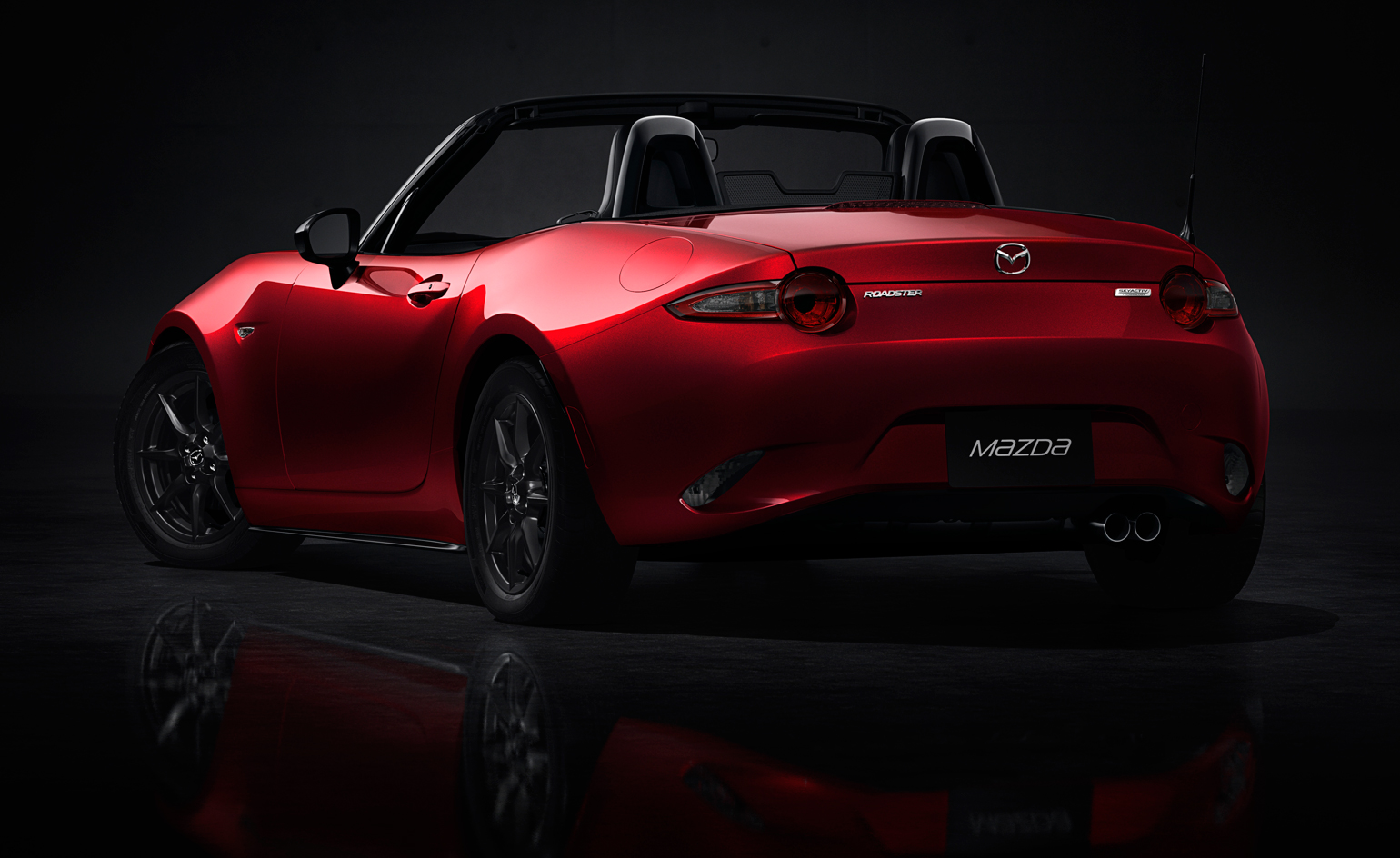
In fact, time has been generally unkind to the progenitors of the MX-5's mix of deft handling and pocket-size practicality, so much so that the originals have faded into near oblivion
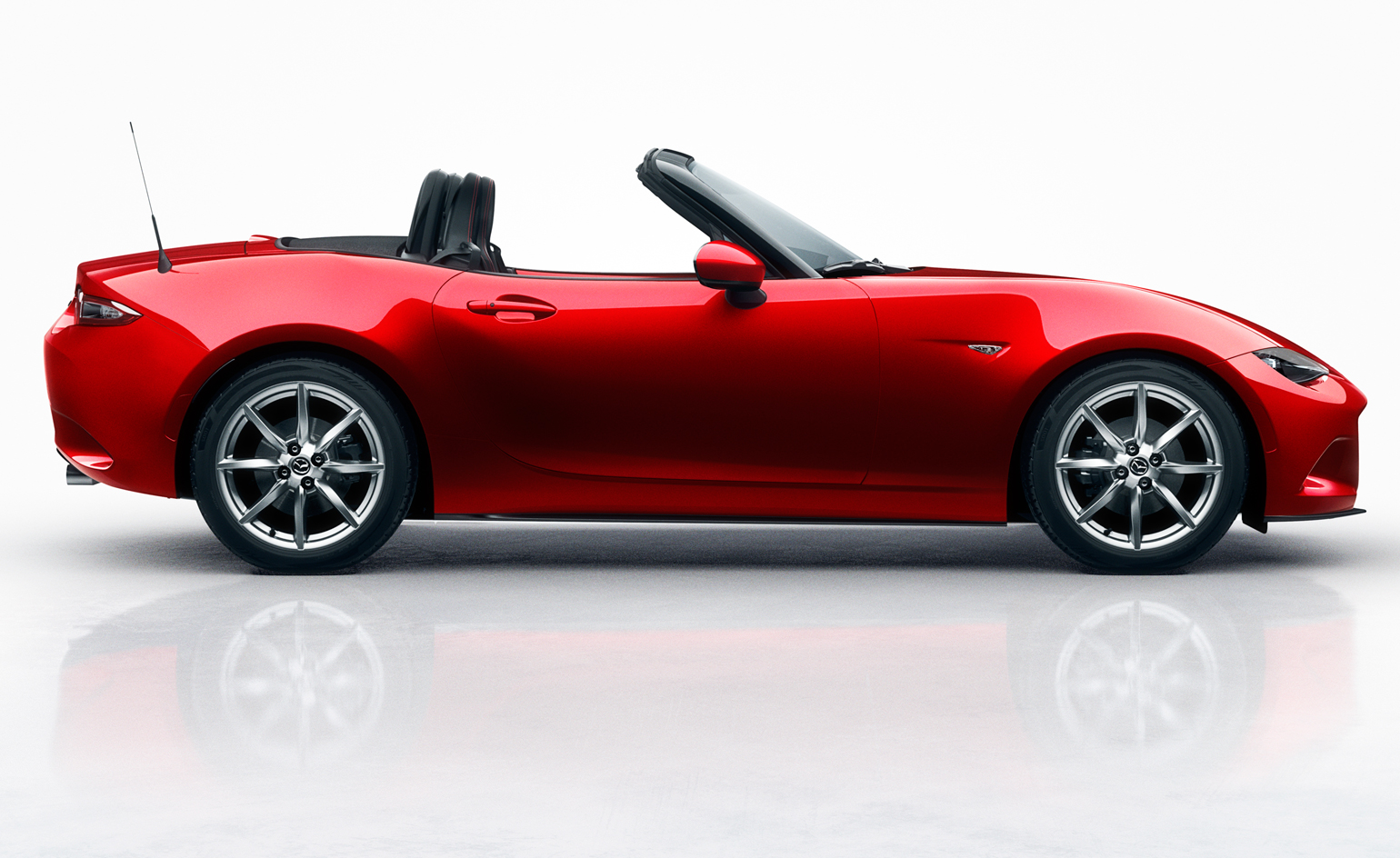
The new MX-5 is both smaller and lighter than its immediate predecessor
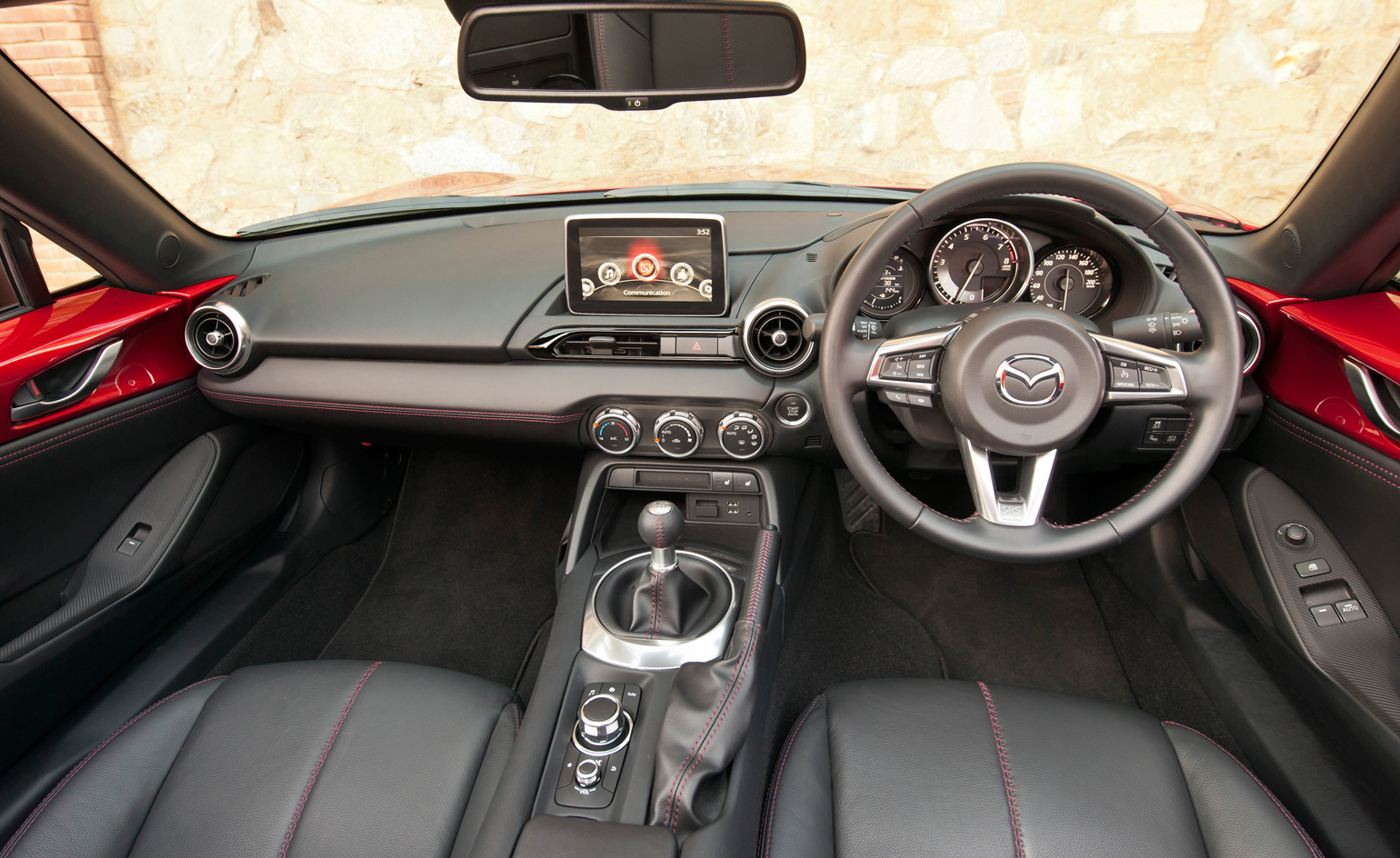
Its 21st century updates sit alongside the two characteristics that make the MX-5 so entertaining: the precise, tight steering and a stubby little manual gearbox that's perfectly placed and weighted
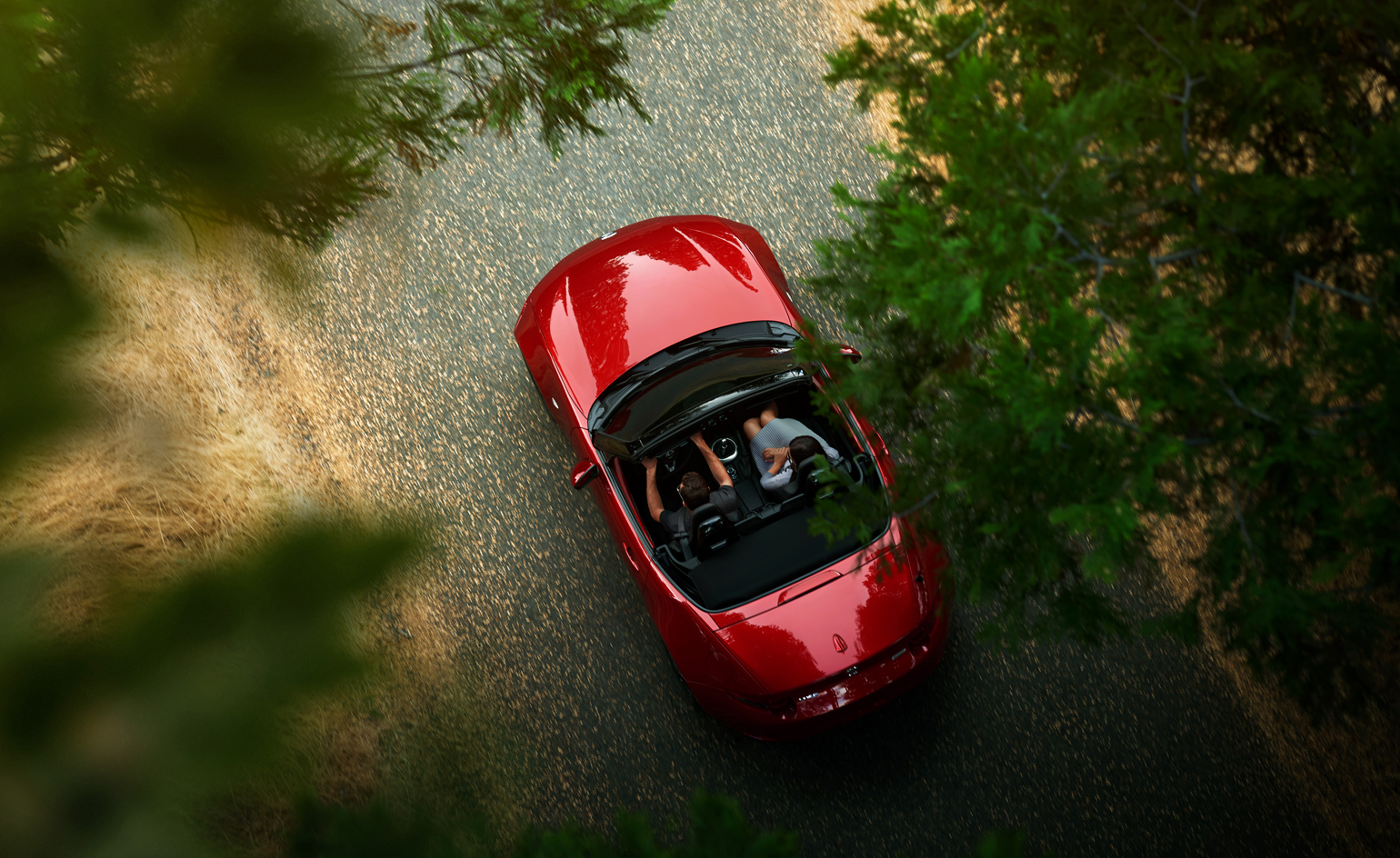
Two seats, plenty of space, and creature comforts including a decent sound system and sat nav mean the MX-5 can best offerings costing much more

These factors combine to create a unique, visceral and immediate driving experience while remaining stylishly sleek
Wallpaper* Newsletter
Receive our daily digest of inspiration, escapism and design stories from around the world direct to your inbox.
Jonathan Bell has written for Wallpaper* magazine since 1999, covering everything from architecture and transport design to books, tech and graphic design. He is now the magazine’s Transport and Technology Editor. Jonathan has written and edited 15 books, including Concept Car Design, 21st Century House, and The New Modern House. He is also the host of Wallpaper’s first podcast.
-
 Marylebone restaurant Nina turns up the volume on Italian dining
Marylebone restaurant Nina turns up the volume on Italian diningAt Nina, don’t expect a view of the Amalfi Coast. Do expect pasta, leopard print and industrial chic
By Sofia de la Cruz
-
 Tour the wonderful homes of ‘Casa Mexicana’, an ode to residential architecture in Mexico
Tour the wonderful homes of ‘Casa Mexicana’, an ode to residential architecture in Mexico‘Casa Mexicana’ is a new book celebrating the country’s residential architecture, highlighting its influence across the world
By Ellie Stathaki
-
 Jonathan Anderson is heading to Dior Men
Jonathan Anderson is heading to Dior MenAfter months of speculation, it has been confirmed this morning that Jonathan Anderson, who left Loewe earlier this year, is the successor to Kim Jones at Dior Men
By Jack Moss